#longhorn moth
Text

The Entomologist's Text Book. Written and illustrated by John Obadiah Westwood. 1838.
Internet Archive
Leopard moth (Zeuzera pyrina)
Broad-bordered bee hawk-moth (Hemaris fuciformis)
Spurge hawk-moth (Hyles euphorbiae)
Pease blossom (Periphanes delphinii)
Magpie moth (Abraxas grossulariata)
Longhorn moth (Nemophora degeerella)
(Argyresthia brockeella) (no known common name)
#bugs#insects#moths#leopard moths#sphinx moths#broad-bordered bee hawk-moth#spurge hawk-moth#owlet moths#pease blossom#geometer moths#magpie moth#fairy longhorn moths#longhorn moth#ermine moth#John Obadiah Westwood
188 notes
·
View notes
Photo
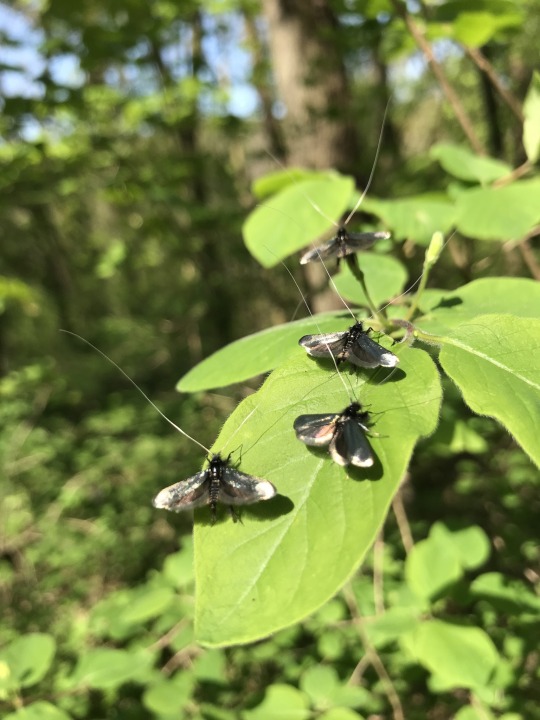
Green Longhorn Moth (Adela reaumurella)
Family: Fairy Moth Family (Adelidae)
IUCN Conservation Status: Unassessed
Common and widely distributed across temperate regions of northern Africa, Asia and Europe, Green Longhorn Moths are easily distinguished from any other moth species owing to their iridescent, metallic-looking wings and the extremely long antennae seen in males (potentially growing to be three times the length of the body,) which are believed to aid in finding mates through the detection of pheromones that indicate reproductive maturity. Found mainly in forests but also occasionally spotted in open grasslands, adult Green Longhorn Moths are unusual among moths in that they are active during the day, with males gathering in large swarms of up to 30 individuals on sunny days between April and June and awaiting the arrival of females, which can be distinguished from males due to their drastically shorter antennae. When a female passes by a swarm all of the males within it will take flight in an effort to impress and mate with her, and following successful mating (which takes place while still in flight) a female will lay her eggs among leaf litter on the forest floor. The caterpillars of this species live among the leaf litter they were born on, feeding on dead leaves and other forms of fallen vegetation while relying on a protective bag-like casing carried on their backs (made from leaf litter held together with silk) to both conceal them and protect them when confronted by predators. Caterpillars that survive until the late summer will seal the end of their bag in order to form a cocoon within which they will pupate over the winter, emerging in the following spring as winged, mature adults.
--------------------------------------------------------------------------
Image Source: https://www.inaturalist.org/taxa/56203-Adela-reaumurella
#green longhorn moth#longhorn moth#fairy moth#moth#moths#insect#insects#zoology#biology#entomology#lepidopterology#lepidoptera#wildlife#african wildlife#european wildlife#asian wildlife#tw insect#tw insects#animal#animals
136 notes
·
View notes
Video
Yellow-barred Long-horn by Oliver Andrews
Via Flickr:
A male yellow-barred long-horn moth sitting on a bramble leaf in Glapthorn Cow Pastures.
#30dayswild#canon#canonuk#fauna#glapthorn#glapthorn cow pastures#insect#insects#invertebrate#invertebrates#longhorn moth#minibeast#minibeasts#moth#moths#nature#nature reserve#nemophora degeerella#northamptonshire#northants#outdoors#springwatch#wildlife#wildlife trust#wildlife trusts#woodland#yellow-barred long-horn#flickr
2 notes
·
View notes
Text

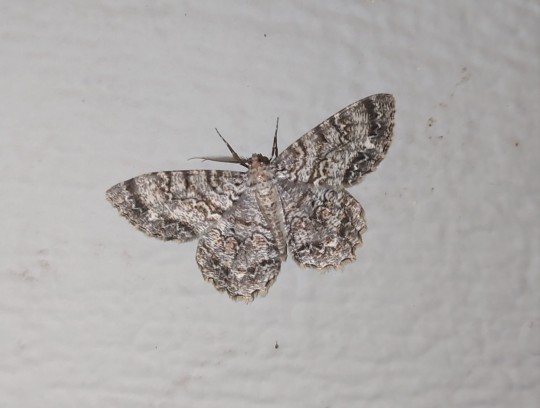

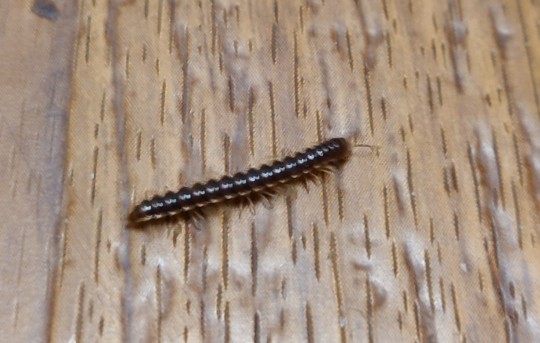
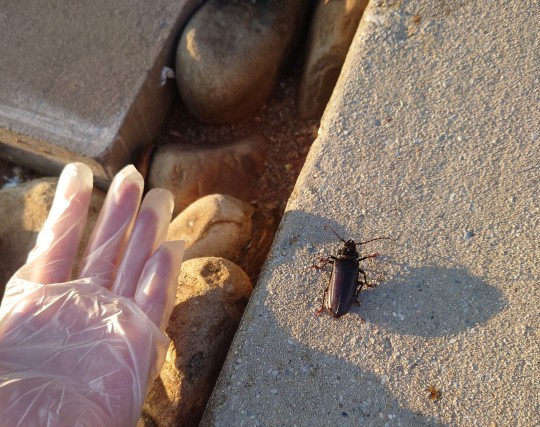

@bluem1st submitted: I have met many lovely buggies lately and they fill me with joy! I'd love if you could ID them. I know the caterpillar is an eastern tent and one of my favorites but the others were new to me. The light colored centipede was so small! Could wrap halfway around a quarter! The big beetle I found at work almost drowned in a rained-in bin. So happy I found them and could get them out! Location is: [removed] (please remove location). I hope seeing them brings others joy too!
A great group of friends! I love the very small but long centipede. They are from the top after the tent caterpillar: a geometer moth but don't know the species offhand, a soil centipede, a greenhouse millipede, and a prionine longhorn beetle, probably a live-oak root borer :)
#animals#insects#bugs#submission#beetle#centipede#caterpillar#moth#eastern tent caterpillar#eastern tent caterpillar moth#geometer moth#myriapods#soil centipede#millipede#greenhouse millipede#longhorn beetle#prionine beetle#live oak root borer
96 notes
·
View notes
Text
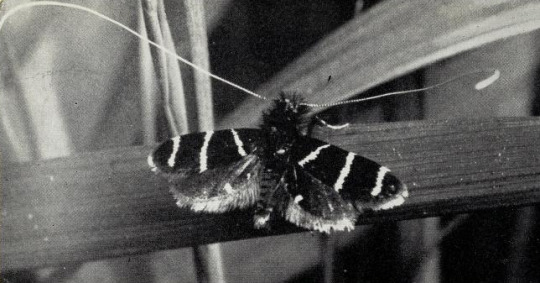
Fairy longhorn moth (Adela trigrapha)
By: Edward S. Ross
From: Insects Close Up
1953
#fairy longhorn moth#moth#insect#arthropod#invertebrate#1953#1950s#Edward S. Ross#Insects Close Up (1953)
68 notes
·
View notes
Note
My friend already calls me a 🐌 sometimes so 🐌? Thank you your contributions are wonderful!
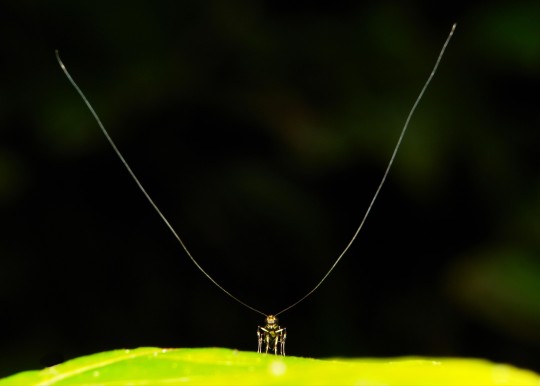
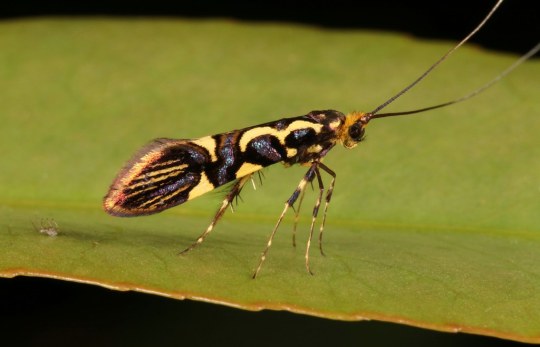
Nemophora assamensis
29 notes
·
View notes
Text
when i was on a walk today i found a big beetle, turned around to the person i was walking with and said "ooooh do you wanna see a big beetle???? 😃👉🪲" like a freaking 5 year old
#an actual child#i sounded like dora the explorer#then i had to yeet it into a bush#because i had a dog with me and he had already tried to eat a butterfly#i was also entranced with some sort of longhorn moth with hugeeeeeee antennae#it's the little things in life#personal
5 notes
·
View notes
Text
Reorganised the little display case and put the leaf boy close to my dagger
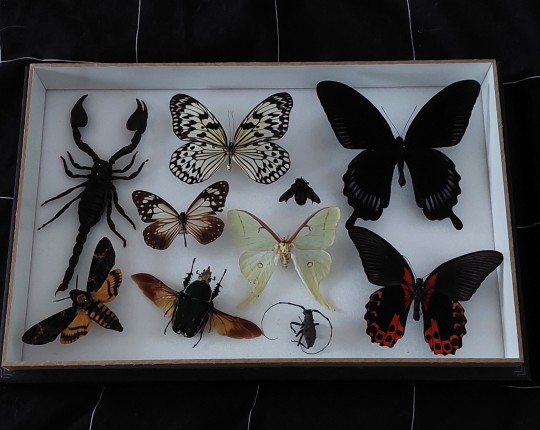

#leaf insect#scarlet mormon swallowtail#great mormon swallowtail#large tree nymph#Chestnut tiger#luna moth#Malaysian giant forest scorpion#green fig beetle#mormius asper longhorn beetle#deaths head hawk moth#black carpenter bee#my little creatures#misc#mine#i love them#i also have a cabbage butterfly and a hornet that i have to rehumidify and position properly together with the horned beetle
4 notes
·
View notes
Photo

Bug Fables AU where everything’s the same except Leif’s species is a Southern Longhorn Moth.
Have fun with this.
50 notes
·
View notes
Text


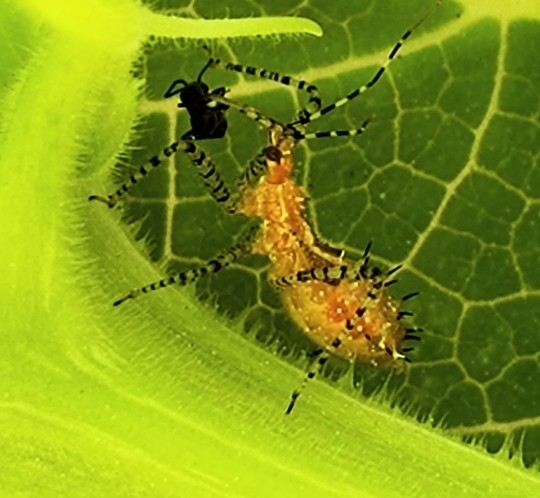
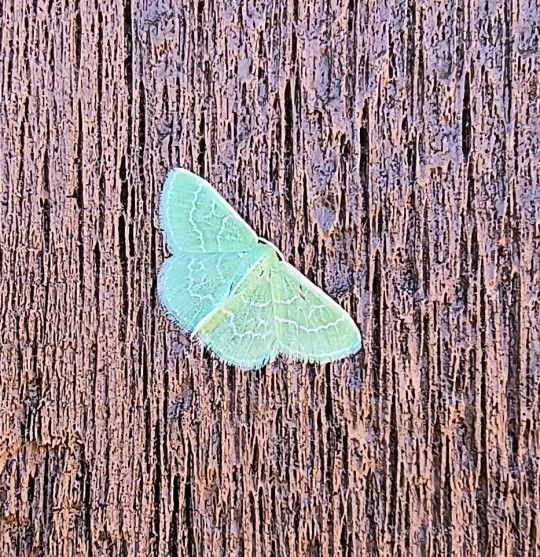
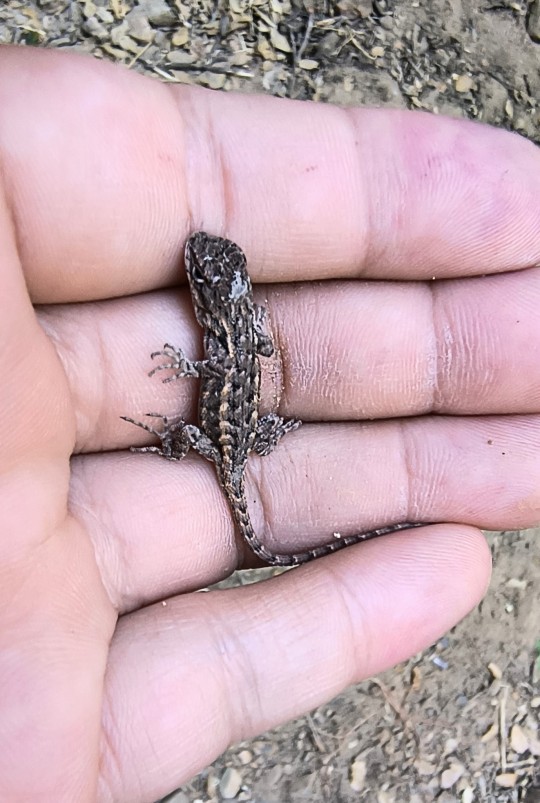
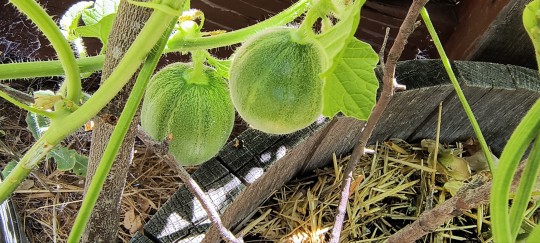



Here enjoy all the stuff out of my garden and on the trails.
#tomato hornworm#five spotted hawk moth#assassin bug#emerald blackberry moth#lizard#Minnesota midget melons#longhorn beetle#wooly tiger moth#deer#bugs#worms#garden#insect#caterpillar
4 notes
·
View notes
Photo


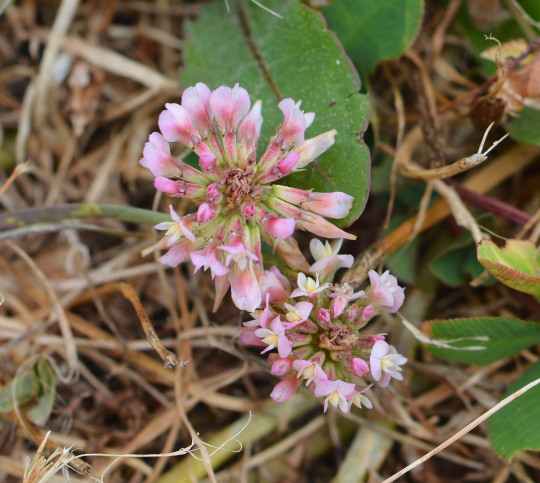


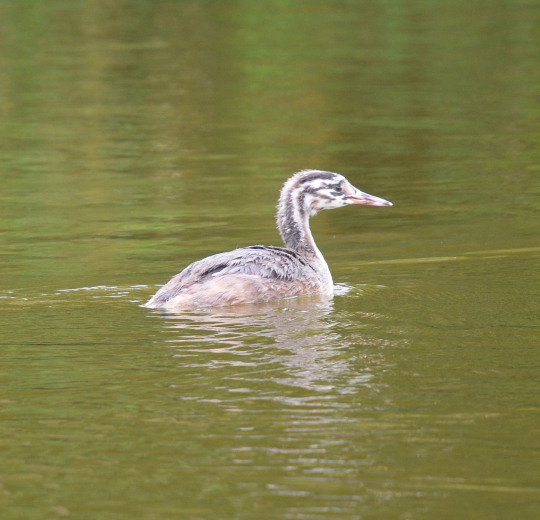

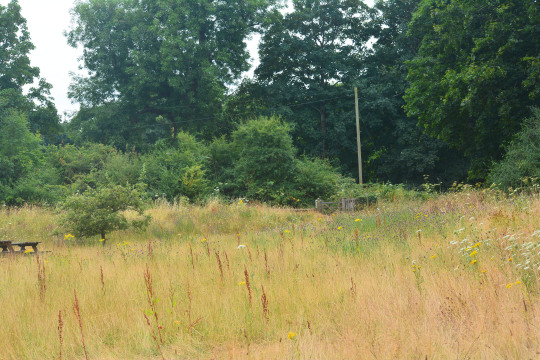
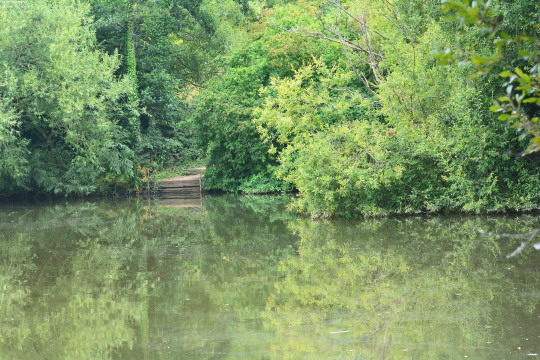

21/07/2022-Lakeside and home
It was great to do another Big Butterfly Count during my lunch time walk at Lakeside today seeing nineteen Gatekeepers, ten Meadow Browns, three Small White and Speckled Wood and a Common Blue, Holly Blue, Ringlet and Comma, with two Gatekeepers seen emerging from the buddleia bush as I went out for my walk in the front garden the Gatekeepers are really dominating the counts now its so good to see so many of them. I really liked seeing Small Skipper and I believe a couple of Brown Arguses in the meadow near the woods I’d not seen one for a while the Common Blues are having a nice fresh emergence lately so it’ll be interesting to see if I notice many more Brown Argus now. A moth was also a star of the day the Six-spot Burnet which I took the first picture in this photoset of seen on thistle inside the southern fenced off area from the central path, the area I first fell in love with burnet moths all those years ago a key factor in me getting into moths over the years. It was really good to get another precious view of one lately especially here I counted it in the Big Butterfly Count and through that I can observe that I’ve probably seen slightly more than I normally would the past week or so.
When trying to take a photo of a Gatekeeper on the flowers at the north eastern kissing gate entrance which I didn’t manage I caught sight of an amazing species when I saw a scrumptious looking Black and Yellow Longhorn beetle on some wild carrot, a striking beetle to see always and I was very pleased to see it for the first time this year. One I always love seeing it was two years ago the other day I saw my first ever on a hot day at West Wood and I saw them a couple of times last year including here. This was a thrilling moment today right at the end of a great far reaching within the site and athletic lunch time walk. It was nice to see it fly too. I also saw some dragonflies really well along the central path, getting some smashing views of Black-tailed Skimmer with another possible bigger one I couldn’t quite see which.
There were some great bird moments on the walk with a special close view of an adult Great Crested Grebe and a chick on Kornwestheim lake the first time I’ve seen them on this lake adjoining the one they were born and raised on which is always nice I took the sixth picture in this photoset of the chick. Both geese species with intimate views of Canada Geese and Greylag seen feeding in the fenced off area which is always interesting, Moorhen, Mallard including males in eclipse I believe and a couple of juvenile Herring Gulls were other highlights around the lakes I took the second picture in this photoset of one of the latter.
Leading the floral highlights at Lakeside was my first water mint of the year at the shore of beach lake, a distinctive and absorbing flower which was one of my favourites to learn last year. Like a lot lately remembering seeing it last year/past years made me want to see it and think about it. It was satisfying to think I’m going to look for it today on the walk and find it. I did have a slight feeling of with me only working from home and walking here three days a week now compared to last year and much of 2020 and quite often more far reaching walks on the days here now whether I notice as much flower and insect wise and today I felt was a good one for me feeling I am still noticing the little things well. Red bartsia, a fantastic few clumps of hemp agrimony in full glorious flower near to agrimony I’ve not seen the two so close together before I don’t think, purple loosestrife, pretty pink great willowherb and ragwort around the lakes, different types of thistle, hawksbeard type flowers I took the fourth picture in this photoset of some, pineappleweed, plantain, dock, self-heal and bird’s-foot trefoil were star flowers/plants on the walk today. A few weeks ago I noticed a fair bit of giant bindweed in the hedgerow at the north of Lakeside which stands out walking towards it which I thought might make a nice photo and today felt the right time to do it at the start of the walk and when walking towards it I noticed quite a lot of smaller bindweed in the area especially on the grass appearing as though they were rose petals scattered across the floor which was beautiful to see, and I took the third picture in this photoset of something similarly coloured with the pink and white a clover not one I feel I’ve seen before it may be a broad-leaved or white clover just coming through but it could also be ball clover not one I’ve seen before a nice colour.
The wealth of summer flowers painted the meadows well for some nice views today, I took in a lot of and a variety of nice vistas this lunch time again. I took the fifth, eighth and ninth pictures in this photoset of views here today, I enjoyed seeing the apple tree with some fruit in the seventh picture in this photoset near the meadow by the woods it was a nice day of that as alongside nice flowers on a bush a plum tree in a neighbouring garden seen from my room the tall tree I’ve taken a few photos of this year had fruit too. Sunrays came through the clouds well this evening which looked pretty as always I took the tenth and final picture in this photoset showing this.
Wildlife Sightings Summary: One of my favourite birds the Great Crested Grebe, one of my favourite butterflies the Brown Argus, one of my favourite moths the Six-spot Burnet, Mallard, Moorhen, Canada Goose, Greylag Goose, Herring Gull, Black-headed Gull well too, Blue Tit or Great Tit flying into a tree I couldn’t quite tell which it was a quick view, Starling and House Sparrow well at home, Jackdaw, Gatekeeper, Meadow Brown, Small Skipper, Common Blue, Holly Blue, Small White, Speckled Wood, Comma, Ringlet, Rosy Tabby again in the living room tonight, other moths at Lakeside, Black and Yellow Longhorn beetle, fly, spider at home, and bee seen really well they liked the hemp agrimony.
As we were there watching them less than a week ago I felt like mentioning to those who haven’t seen the news already that Bee-eater chicks have hatched in Norfolk which is a historical moment. Details of the news is here: https://www.birdguides.com/news/bee-eater-chicks-hatch-in-norfolk/ and the post I did about us seeing them last Friday is here: https://dansnaturepictures.tumblr.com/post/690135000075665408/15072022-part-1-of-2-bee-eaters-in-norfolk-and
#wildlife#photography#nature#uk#world#happy#england#lakeside#lakeside country park#hampshire#eastleigh#birdwatching#birds#butterfly#butterflies#moth#moths#beetle#black and yellow longhorn beetle#photos#agrimony#hemp agrimony#flowers#wildflowers#meadow#water mint#thursday#great crested grebe#gatekeeper#meadow brown
5 notes
·
View notes
Text

Horehound Longhorn, Nemophora fasciella Canon 5D 2 EF 100 2.8 f/5 1/320 iso: 250 Srbsko, Czech Republic 6/21/2019
#mothsMatter#FairyMoths#Moths#Longhorn#Adelidae#Lepidoptera#insects#invertebrates#macro#Grasslands#insectphotography#macrophotography#insect#canon#savebutterflies#butterflies
1 note
·
View note
Text

Egelanghornsmøl (Adela reaumurella)
Green Longhorn (Adela reaumurella)
#Egelanghornsmøl#Adela reaumurella#Adela#Green Longhorn#Langhornsmøl#Møl#Moth#Lepidoptera#Insekt#Insect#Spring#Forår#Kragsø Plantage
1 note
·
View note
Note
Sorry if youve answered this before, but how do you chose the bugs to assign to each character ? Also they are all really cool and fun :3
Hi, I’ve explained this before but I’ll do it again! Last time I explained it was less specific to the character and more to the caste, so this’ll be a little different. I use the metaphors and associations of the insect to pick their species as well as their diet. I’m calling the species a troll mimics their ‘morph’.
Aradia: Fly. Associated with death. Detritivore.
Tavros: Craneflies. Frailty, timidness, clumsiness. Thinking longhorn beetle might be a funnier pun though, so I might change it. Herbivore.
Sollux: Bees. Construction, intelligence, connections to groupthink/hiveminds/psi. Herbivore.
Nepeta: Caterpillar. It’s a pun. Herbivore.
Karkat: Isopod. Highly social insect. Durable shell representing defensiveness/personal barriers, but also serving literal aspect of ‘thick skin.’ Detritivore.
Kanaya: Hornet. Dangerous but caring parents, association with femininity. Omnivore.
Terezi: Dragonfly. Good eyesight’s associated with clarity, though large eyes would also be easier to blind. Good at flying. Dragon pun. Carnivore.
Vriska: Spider. Manipulative, association with femininity. Carnivore.
Equius: Beetle. Strong. Omnivore.
Gamzee: Praying mantis. Associations with religion due to unique praying pose. Carnivore.
Eridan: Anolomacaris. Extinct skilled distance hunter. Carnivore.
Feferi: Trilobite. Large curved spines, trident tongue, ‘ruler of precambrian seas.’ Detritvore.
All insects before Jade are herbivores or detritivores, and all insects jade and after are middle to highblood can hunt. This was to set up an intentionally antagonistic relationship between lowbloods and highbloods. It’s also a new way to play with themes in my personal work which are all about animal dynamics.
I mostly did the human kids as bugs as a joke, because they’re not aliens at all so its funny!! But I had a ton of fun with them so here we go again. I chose them off colors and gimmicks.
John: Spitbug. They’re bright green and gooey boys. Like ectoplasm. Rose: Rosy maple moth. Name association—also bright pink and yellow against their will. Rose wishes she was a cool goth all-black moth. Moths are associated with ‘seeking light.’
Dave: Assassin beetle/wheel bug. Have a gear shaped bump on back, large black eyes, efficient predators, some red coloration. Fits in with his expectations and pressures.
Jade: Wooly aphid. They’re white, fuzzy, with rainbow wings. That’s so her.
Jane: Candy-striped leafhopper. Bright cyan with red highlights, food-themed name.Roxy: Pink-spotted cattleheart. Gorgeous pink and black coloring. Butterflies are nectar-drinkers, associated with celebration and inebriation. Kinda clumsy too.
Dirk: Tiger beetle. They can move in bursts of motion faster than they can see. That’s flash stepping. Orange and black.
Jake: Diving beetle. Dark green with orange highlights, explorers who go where other beetles cannot.
55 notes
·
View notes
Text



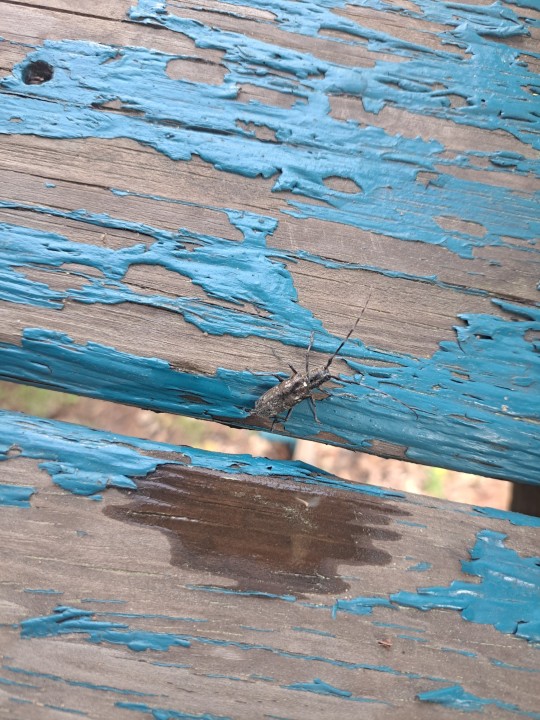
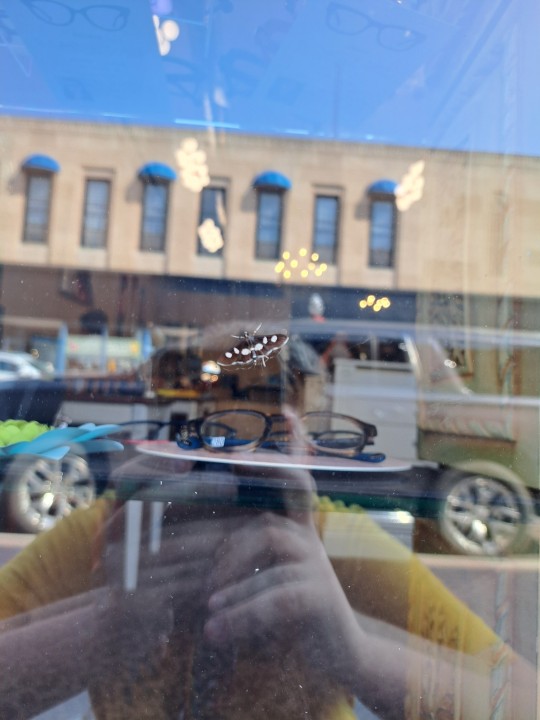


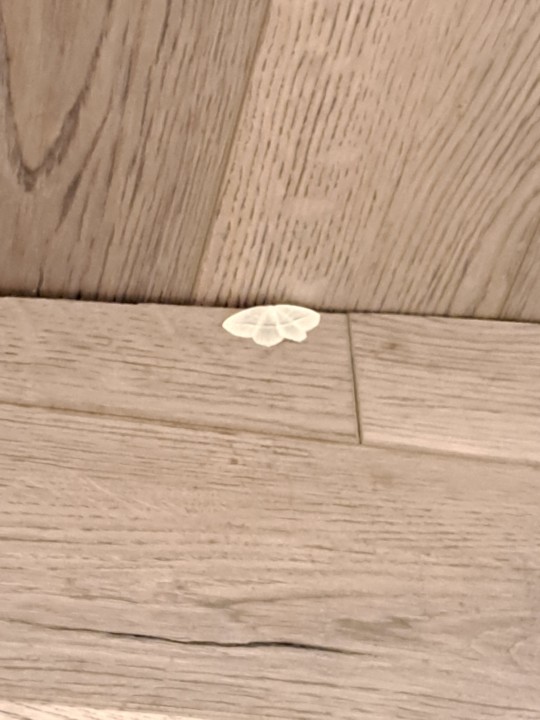
@2-kakimiko-1 submitted: I'd like ids for these lovelies i found in the upper peninsula of Michigan :0
Suuure the first is a longhorn beetle in the genus Monochamus. I think probably a white-spotted sawyer beetle. The first moth looks like a grape leaffolder. And the last is a geometer moth but I don't recognize the species offhand.
#animals#insects#bugs#submission#beetle#longhorn beetle#white spotted sawyer beetle#moth#grape leaffolder#geometer moth
60 notes
·
View notes
Note
Does North America have any native bees, or were they all imported for agriculture?
North America has thousands (probably around 4,000?) of native bees, most of them solitary (miner bees, sweat bees, digger bees, cuckoo bees, longhorn bees, and many many others) but also a fair amount of social bees as well (carpenter bees show some speciality, bumblebees have colony structure).
there are also a few non-native introduced bees like Megachile sculpturalis, a large East Asian resin bee.
but it’s Apis mellifera, the honeybee, which was intentionally brought for agriculture and honey. there are no native Apis honeybees in the New World. it is important for honey (obviously) and pollinates a lot of introduced crops which humans eat. however, native bees are necessary to pollinate many wildflowers and crops native to the Americas (squash bees pollinate squash!).
honeybees aren’t inherently bad, though they can outcompete native pollinators and can be a nuisance to other native animals, but what gets myself and other critter-minded people irritated is that they overshadow all the native pollinators which are also imperiled but often for separate reasons. the problem of disappearing pollinators can’t be solved by only caring about honeybees.
honeybees are livestock, captive or feral. “saving the bees” can’t just mean combatting honeybee colony collapse syndrome or whatever other things are damaging a domesticated species, it should mean taking care of native ecosystems to support the pollinators that run them! that means native bees, wasps, flies, ants, butterflies and moths, beetles… the list goes on.
423 notes
·
View notes
